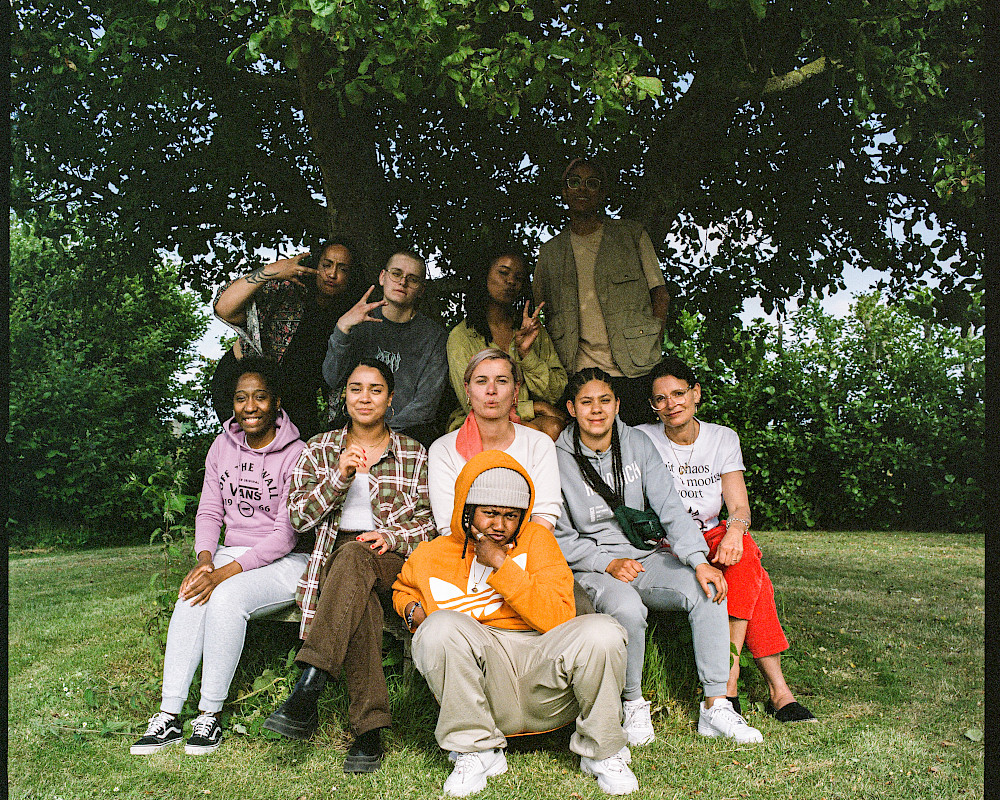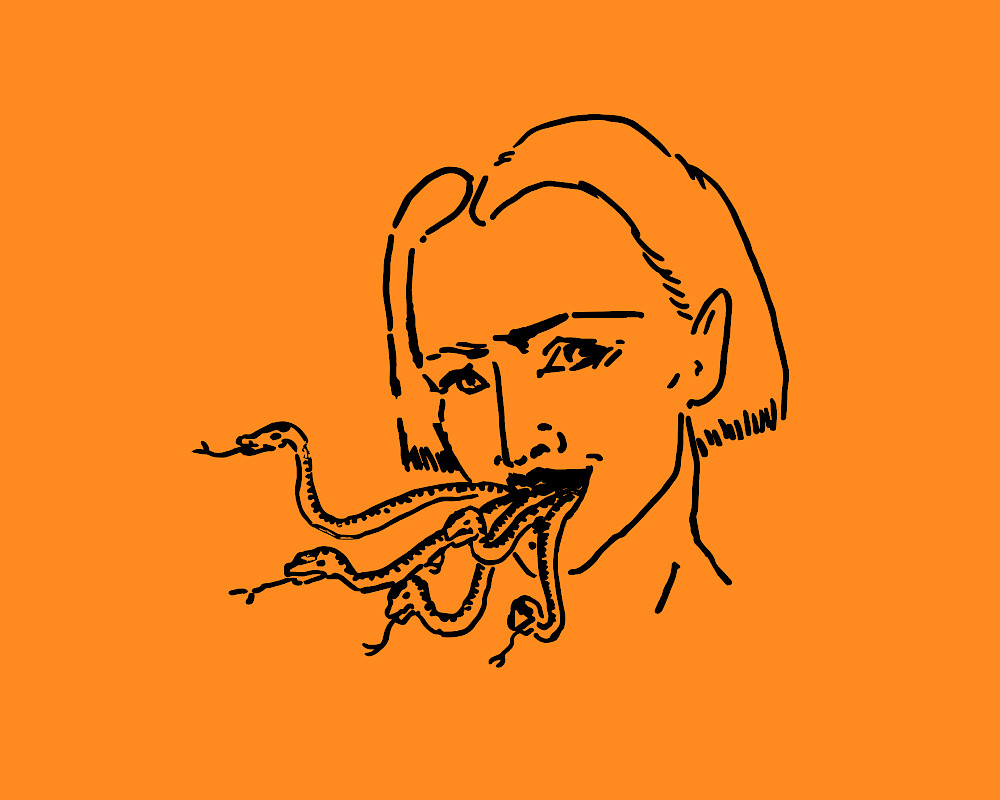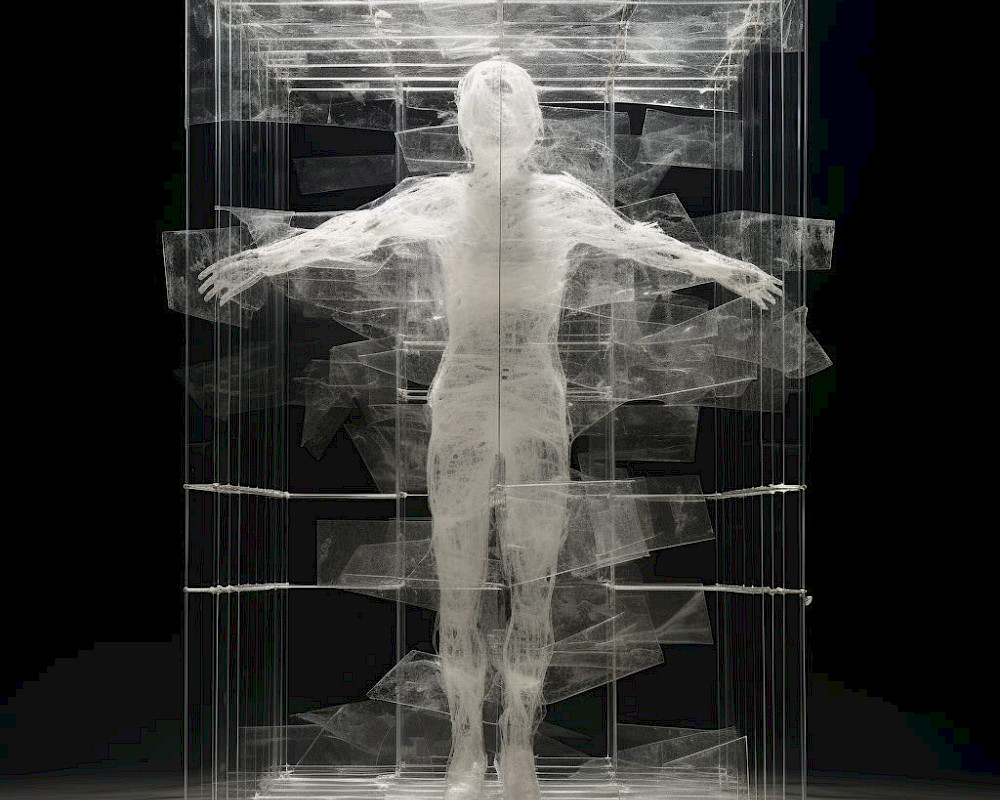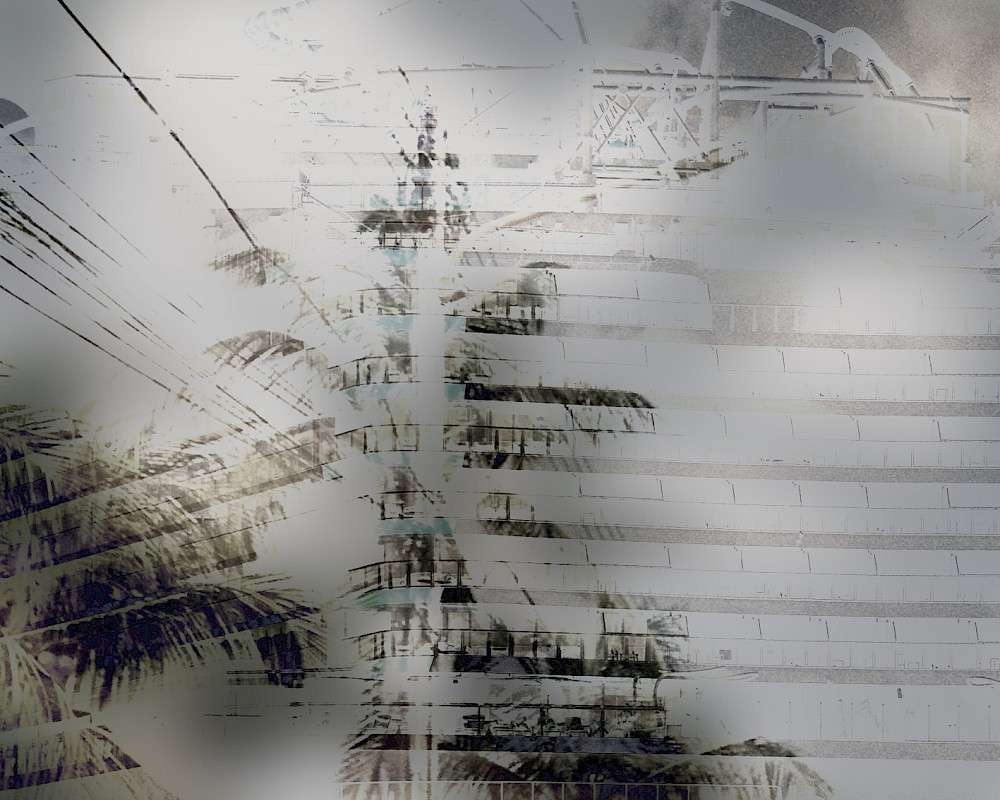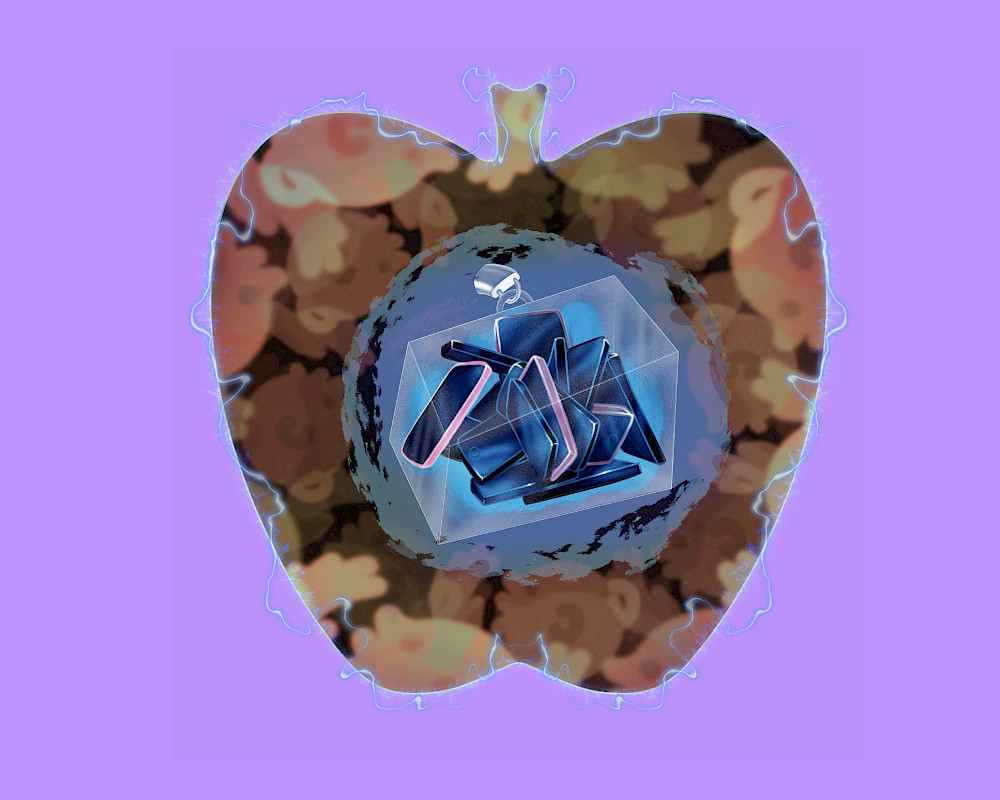essay
Talent Programmes: Entry Points and Ecosystems
Hannah Pezzack
Hannah Pezzack is a writer, curator, and DJ characterised by her curiosity toward sound, literature, and the politics of intimacy. Seeking connections through worlds of publishing, printed matter and online radio, Hannah regularly contributes texts to record labels, festivals, and magazines, including The Wire, Dekmantel, and Sonic Acts.
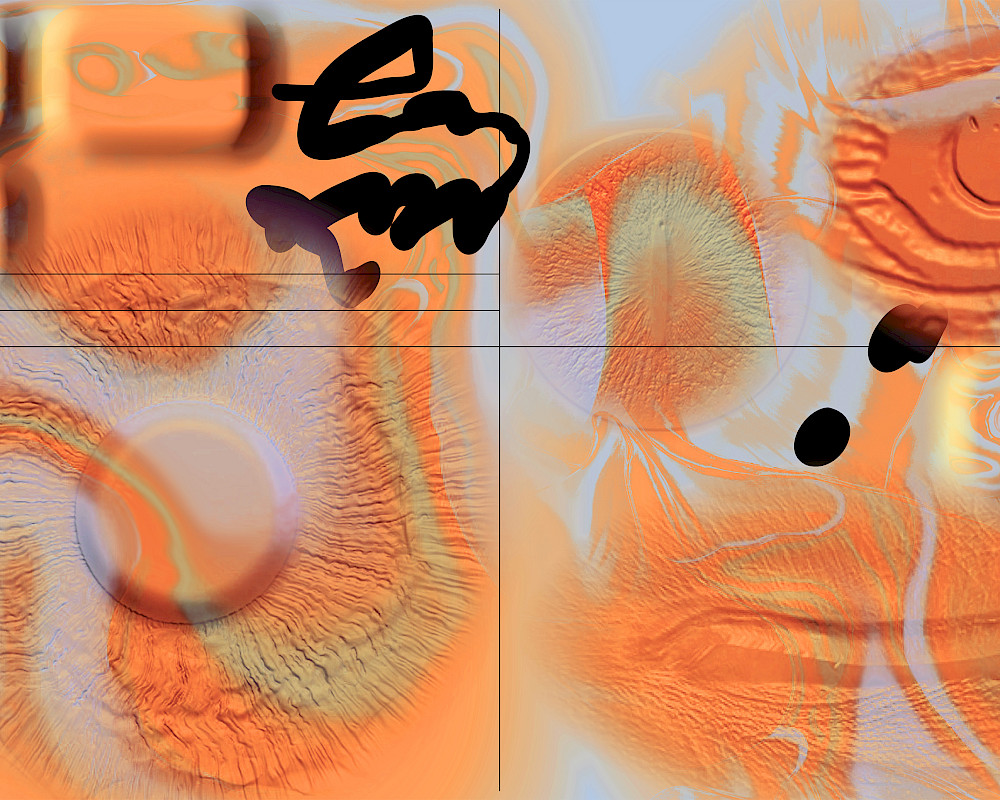
feature
Under the Spell of the Sensuous: What David Abram’s Environmental Philosophy Can Teach Us
“We can navigate the intricate workings of the planet without the need for absolute mastery, embracing uncertainty and opening ourselves to unexpected insights and interlocutors, be they human or more-than.“
17
min read

In the long term, what might it mean to become attentive to the power dynamics structuring the art and cultural sector? Not to deny them, but to openly question, even if such questioning is at a detriment to the institutions themselves?
What exactly is a talent programme? Broadly defined, the term refers to professional interventions that nurture or develop potential skills of its participants. In the context of art and culture, talent programmes differ from residencies in the sense that output – a finished work or research project, for example – is not necessary, and that the focus tends to be on education. In my own work in journalism, communications and programming events at international festivals, galleries and magazines, I’ve often encountered or helped to facilitate such initiatives. My decision nearly ten years ago to begin writing reviews and conducting interviews (mostly for my student newspaper and long-extinct blog sites) was largely motivated by the powerful influence of the Red Bull Music Academy (1998-2019), a workshop and lecture series for aspiring music-makers. Every year, artists from around the world came together in a different host city, learning from leading luminaries and collaborating in custom-built studios. In addition to the annual academy, there were festivals, stages, club nights and workshops sponsored by the eponymous energy drink. The editorial platform and corresponding archive of interviews still provide a near-endless repository of content – I’ve re-watched the conversations with synth-folk pioneer Beverly Glenn-Copeland, Terre Thaemlitz (aka DJ Sprinkles), and the incredible Inuk throat-singer Tanya Tagaq many times over the years.
When RBMA folded in 2019, and Red Bull switched over to the seemingly more lucrative venture of extreme sports, the precarity of this framework became evident. In countries like The Netherlands, the UK and Germany, where austerity has been or is moving towards becoming the dominant economic model, funding for the creative industries has dwindled. By nature, talent programmes tend to be short interventions, enacted over a brief time period. Given these limitations, I was curious to investigate the longevity of such schemes, as well as what opportunities currently exist for budding practitioners. Over the course of several weeks, I conducted a series of interviews, speaking with representatives from Berlin’s CTM festival, SHAPE+ platform, Het HEM’s Homebase Music Talent Programme (HMTP), and participants of programmes run by different institutions throughout Europe. From these conversations, a portrait of best practices, trends and intentions emerged.

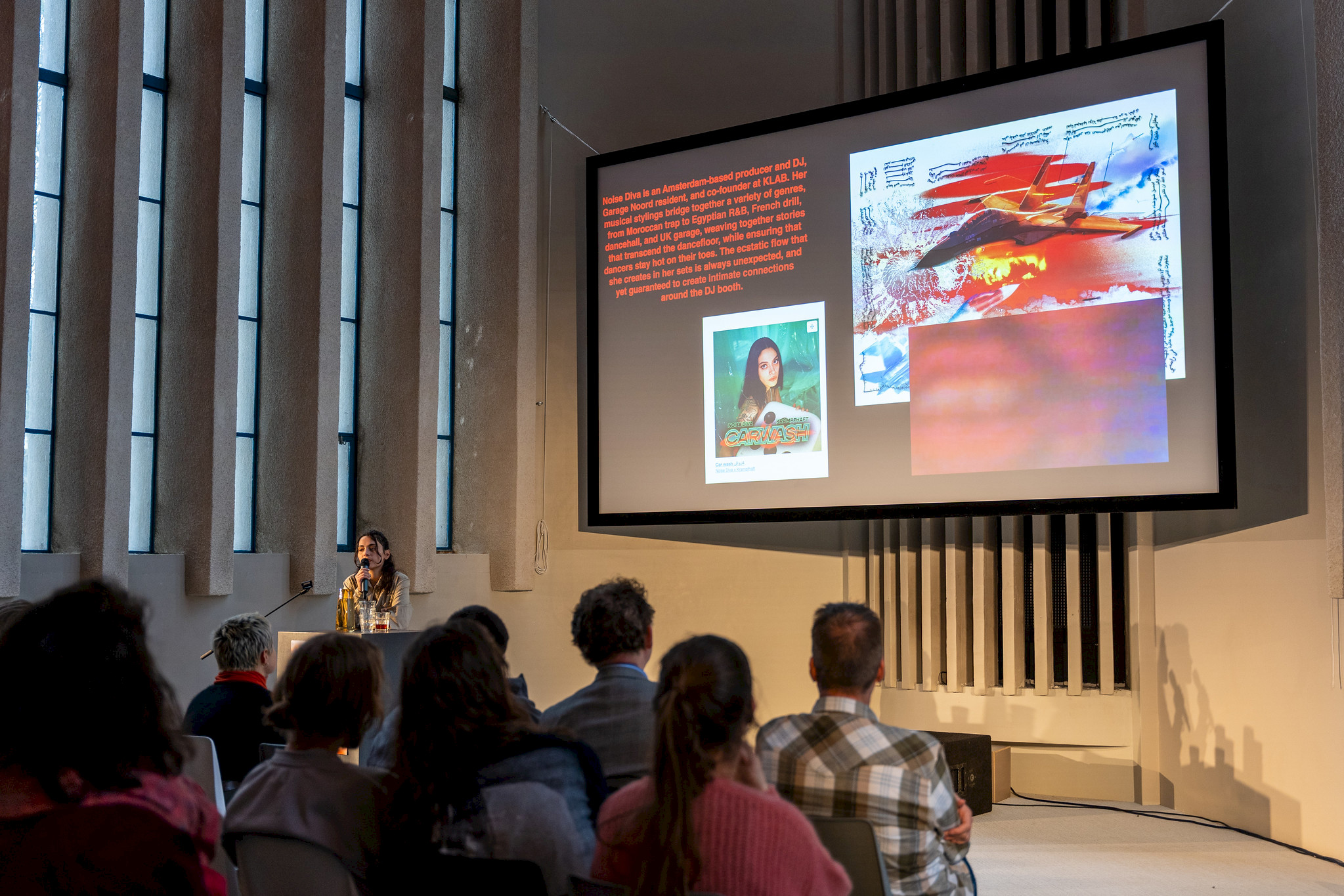
Yara Said, aka Noise Diva, is thoroughly enthusiastic about her experience of Sonic Acts’ Underexposed programme. "Everything about it was so positive," she says. "It took place during lockdown so we couldn't meet in person, but it did help me a lot when it came to my work. It’s extremely necessary to have a group of professionals give you feedback on your project. Access to that sort of insight just doesn't exist in other contexts. You have to spend ages writing a funding application then, once you've sent it in, after three months or so, you finally get an appointment. It can be really exhausting."
Said’s practice takes many shapes: she’s a DJ, artist, researcher and educator. Originally beginning her career in the realm of painting, in recent years, her work has branched out to incorporate a multitude of ever-shifting mediums, especially sound. Conceptually driven and immersed in non-linear or disrupted narratives, she draws inspiration from industrial noise, the resonance of urban spaces, as well as trauma, war and effects of sonic violence on the body. In 2021, under Sonic Acts’ talent development initiative, she embarked on Underexposed, a training programme that focuses on supporting young artists in conceptualising their work, mostly in text or writing, and helps them improve the way they present concepts, projects, plans, and budgets in grant applications and other (public) presentations. During the six-week mentorship programme, Said worked directly with members of the Sonic Acts curatorial team in one-hour weekly online sessions. “They were very generous,” she remarks. “This notion of generosity is so important to me. Generosity is the only way we can survive. I think Sonic Acts comes from a mentality of inclusion – they are aware of how important it is to take care of your community of artists working within that ecosystem. Since Underexposed, I’ve been hired for multiple Sonic Acts projects and events. If I email them with a question about something I’m working on, they're always responsive and take me seriously. Then there’s the ‘Friends of Sonic Acts’ system which offers me a free ticket and guestlist spots to events, workshops and parties. That makes me feel so included, it feels like hospitality.”

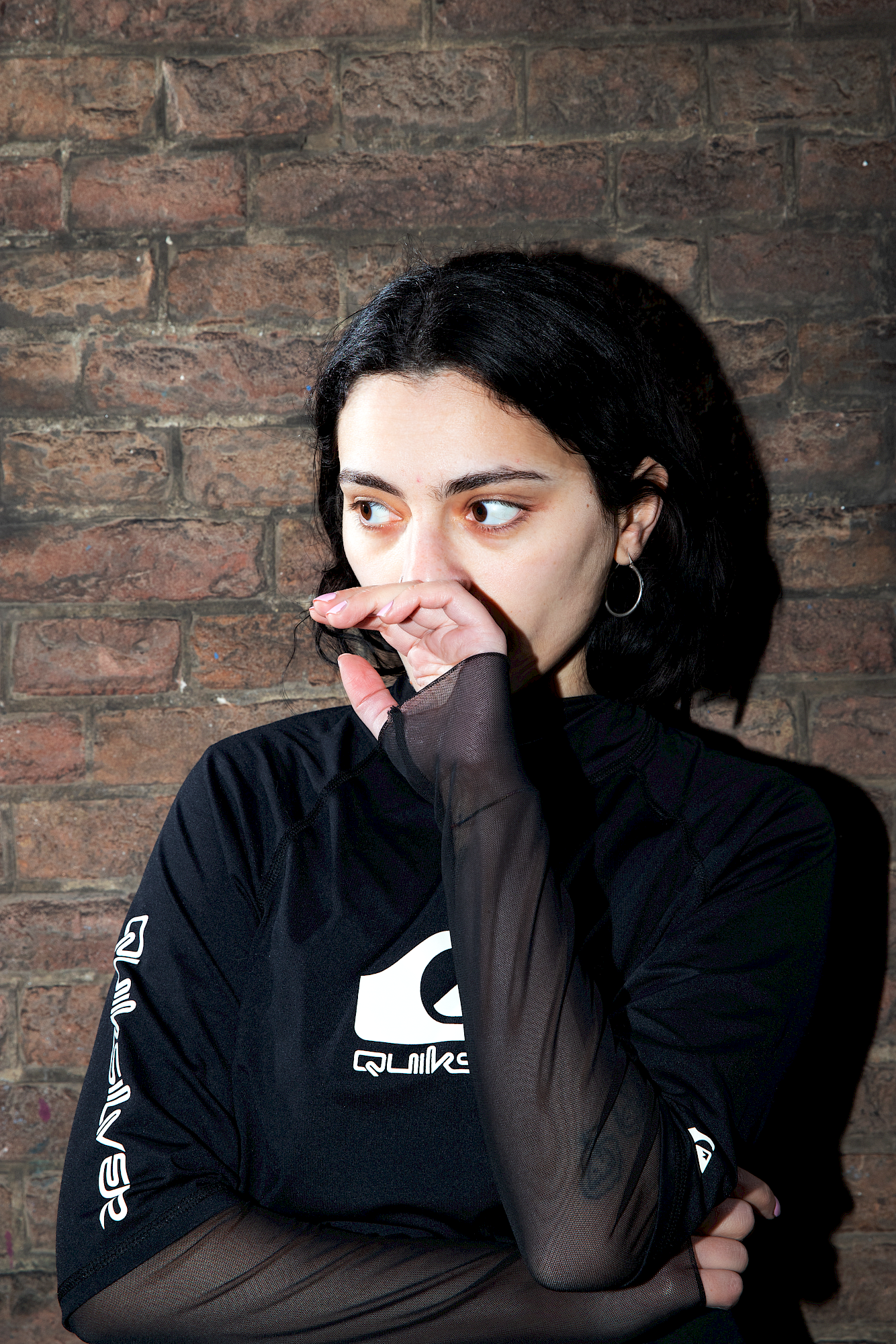
Faced with an often impenetrable culture industry, such direct contact and care can provide essential access for those at the margins, who struggle due to their outsider status, language barriers, wealth disparity or structural discrimination, to break through. The imperative to level the playing field is one of the driving forces behind the Homebase Music Talent Programme (HMTP) at Het HEM. Despite the visibility of female artists, the gender pay gap in the music industry remains uncomfortably wide and broadens significantly under intersectional analysis that incorporates class and race. Devised to support women and gender non-conforming emerging musicians, HMTP was established in collaboration with rapper and organiser Ella John. Through knowledge sharing, masterclasses and networking events, participants learn from each other, stepping outside their comfort zones. After a successful pilot year in 2022, in June 2023, a writer’s camp was launched. Hosted in collaboration with Rosetta Beats and Goddess of the Mic, two Amsterdam-based platforms that are committed to gender equality, the writer’s camp attendees were guided through the processes of song composition, production and networking.
The cultural sector often prides itself on the illusion of fair play and meritocracy; that talent, not connections, runs the show. Of course, artistic vision is vital to success, but so is knowing the right people and wielding enough social fluency to make an impact.
“Homebase was created by Ella during the pandemic,” explains Olga Zegers, who coaches the HMTP participants. “It is programme run by and for the young creatives of Zaanstad. They have their own space on the ground floor of Het HEM where they get together to share what they are working on and connect with each other. Th e last two years they organise Homebase Connects, a festival in which the worlds of skating, music, fashion and arts merge. In 2022 Ella came up with the idea to start a music talent programme and then I got invited by Het HEM's director Kim Tuin to join as a coach. The first year of HMTP offered a master classes programme with assignments. For example, calculating how many plays of a Spotify track you would need in order to finance a video. The focus was on gaining practical, hands-on insight into what you need to reach in certain areas to monetise and how much work that entails. The second year we organised a writer's camp. It was really nice to be surrounded only by womxn, some of them older like myself, and discuss what you’ve come across. It ended up being a valuable intimate experience.”
Zegers began her career at the pioneering club RoXY and the booking agency Barkers. For 17 years she was head programmer at ID&T, where she put together the line-up for international festivals such as Mysteryland and Sensation. Nowadays, she works at the Gashouder, arranging events and artists to grace the stage of the gigantic, post-industrial venue, located in the heart of Westerpark. “I've been in the industry for a long, long time and what I've learned – and what I really want to want to communicate – is that network is everything,” she tells me. “It’s something you need to start developing when you are young. That was a really interesting piece of advice that the journalist Dieuwertje Heuvelings offered when she came to the HMTP writer's camp last summer. She told everyone to start an Excel sheet where you track who you have met. You meet so many people in the industry, but it's really important to know who you've spoken to. So create a list of names and email addresses, but also note down where you met them, where they work and a personal fact or anecdote, so you have a point of connection.”


It’s refreshing to encounter this kind of forthcomingness. The cultural sector often prides itself on the illusion of fair play and meritocracy; that talent, not connections, runs the show. Of course, artistic vision is vital to success, but so is knowing the right people and wielding enough social fluency to make an impact. Yet this ability to build relationships extends beyond opportunistic networking – it's also essential to inspiring creativity within artistic communities at large. When I ask Zegers about the lasting effects of HMTP, she remarks on how many of the participants have remained in touch. “They’ve gone on to make music and spend time at the studio together. You really saw that they were able to creatively challenge each other. Especially the writer’s camp – which involved going away for three days – there was this comfortable, intimate atmosphere which was impactful to the way we related to one another.”
Contrasted with formal events designed to bring younger talent in contact with established names, programmes like HMTP seem to offer a more engaged way of networking, one where exchanges are process-oriented and thereby collaborative by nature. “Maybe that’s a strength of festivals in general,” muses Taïca Replansky, a project manager at CTM, whose manifold responsibilities include curation, communications and publishing the magazine. “There is often a blurring between audiences and artists. Conversations get struck up in the crowd – you meet practitioners either in your field or another one. Particularly over multiple-day events, relationships cement quickly and deeply.”

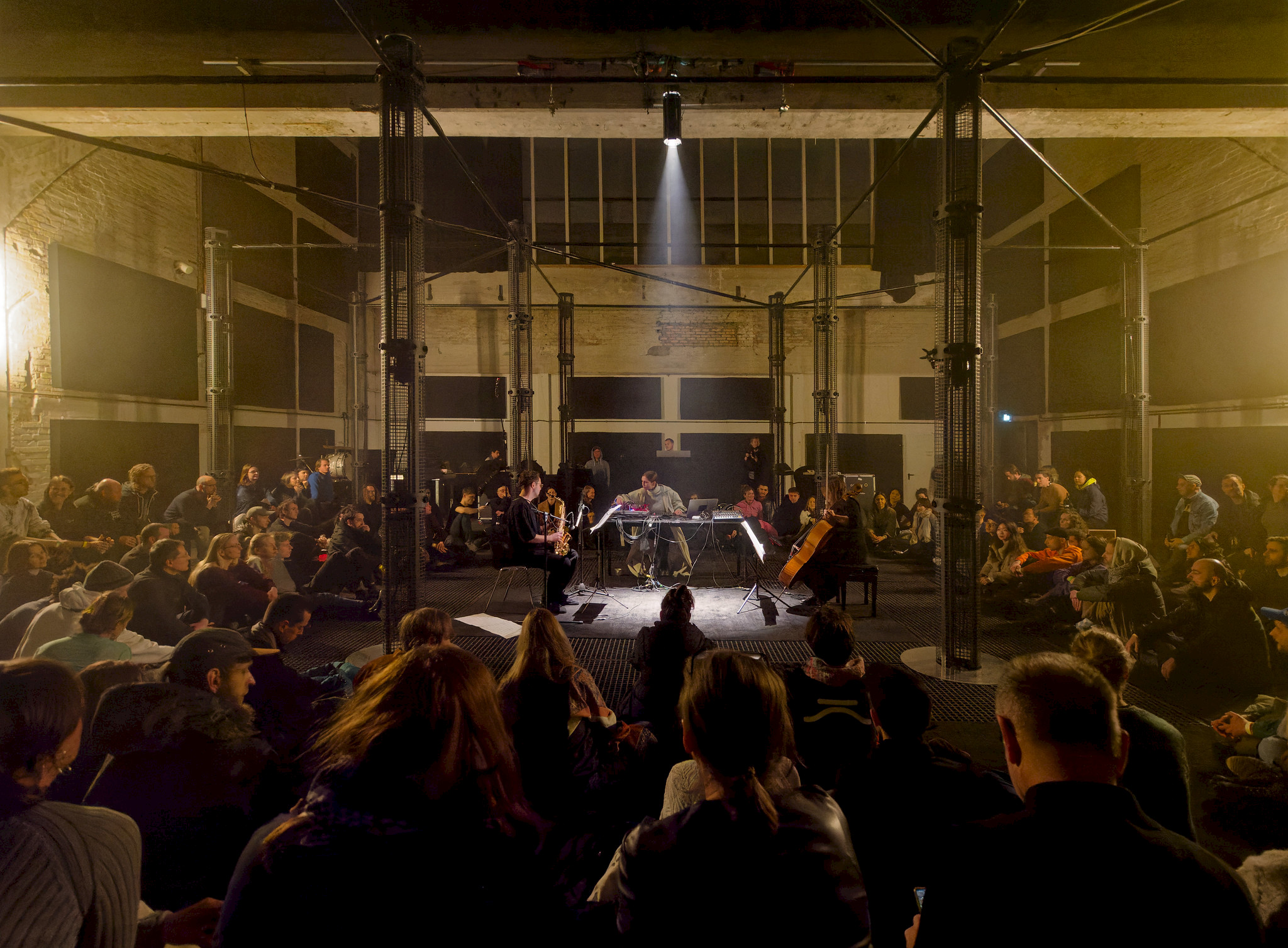
Founded in 1999, CTM originally focused on electronic music, but has since evolved to cover a wide range of genres unified under the banner of “adventurous.” From the yearly MusicMakers Hacklab and CTM Radio Lab to an ongoing partnership with SHAPE+ platform and A2A Transmission workshops, run for artists by artists, the festival operates numerous skill development initiatives. “Our intention is to provide different points of access. For instance, Hacklab caters to individuals who are interested in working collaboratively, and who are more towards the start of their career, although not necessarily. For Radiolab, we place an open call for newly commissioned works – radio pieces, as well as live performance mediums – and those selected usually have quite a specific profile. Then our collaboration with SHAPE+ is intended for early to mid-career level individuals and it's very music oriented. Our goal is to create diverse formats, allowing artists to engage with different mediums, and sometimes people end up taking part in several of these programmes over time.”
Each incarnation of CTM is themed around a concept. For 2024, the focus is on “sustain”, a word that, according to the festival’s website, “touches opposite polarities of the contemporary experience as it speaks of the empathy and determination through which we survive, as well as of our anxieties, losses, and pains.” Grounded in this framework, this year’s Hacklab open call centred on questions of sustenance, on what nurtures creative hunger. More widely, it questions what it means to find nourishment, to live sustainably from artistic pursuits, as well as what it might mean to escape competitive models of creation. In the long term, Hacklab seeks to “plant seeds” that grow outside of its duration of a few days.
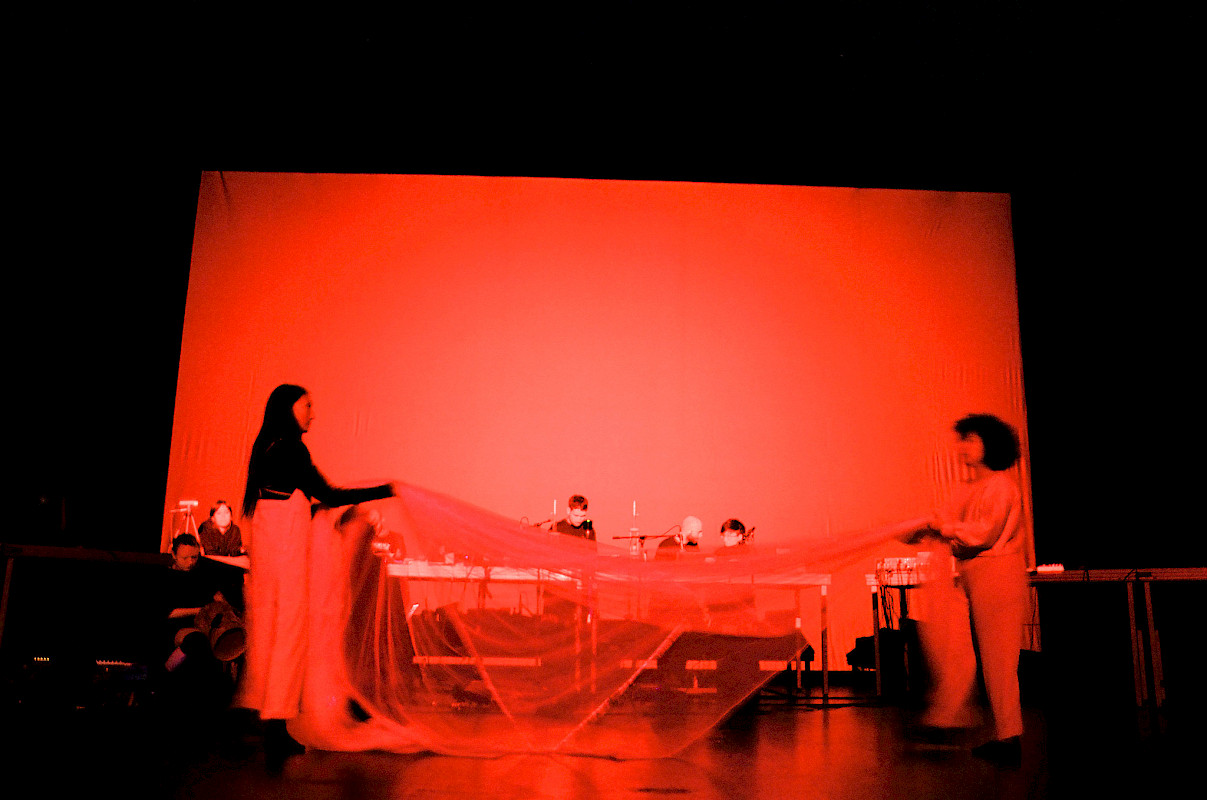
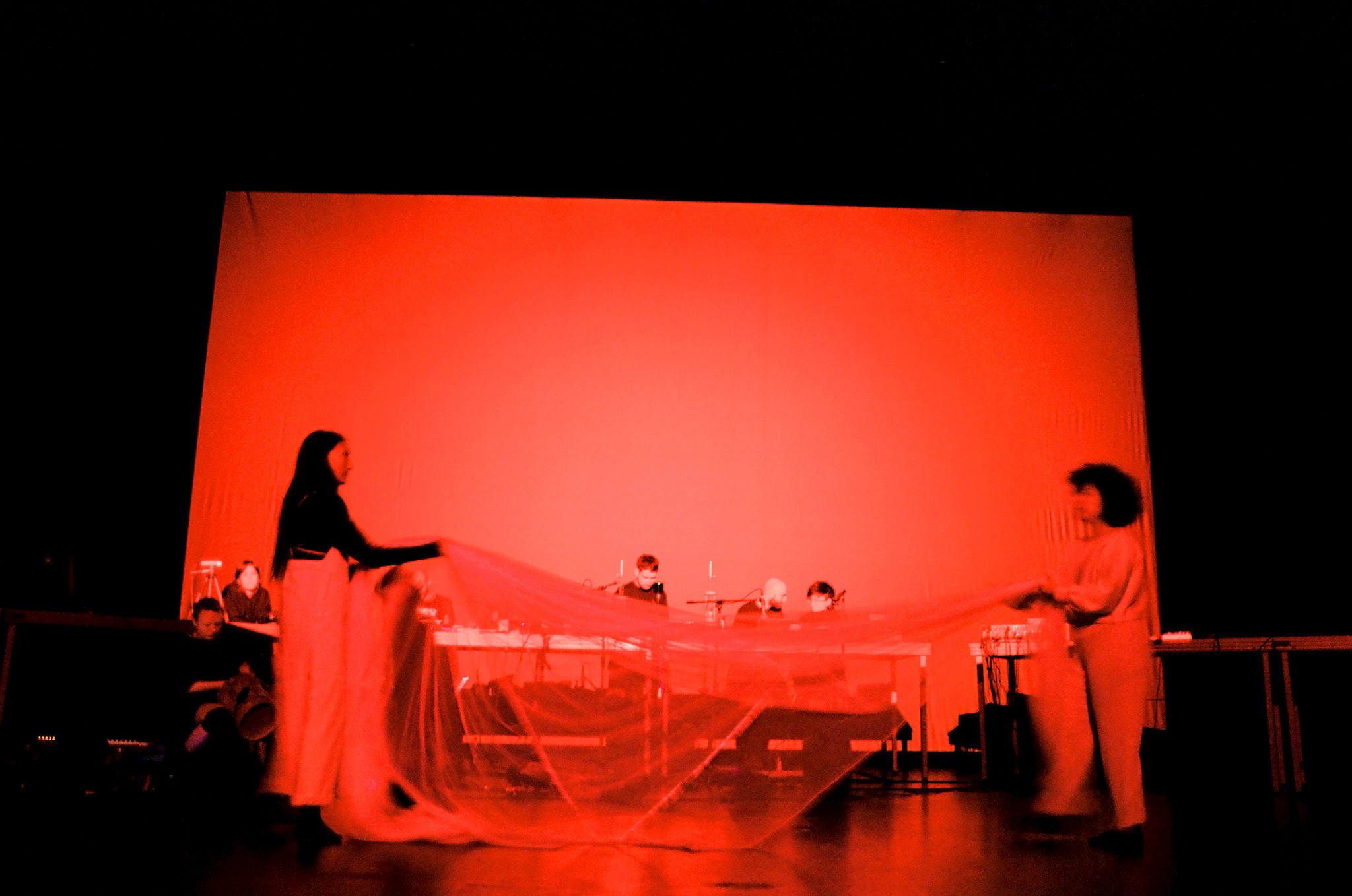
“Hacklab is led by two hosts – there's a guest and the director Peter Kirn," Replansky explains. "It culminates with a final performance at the end of the festival. The hosts are there to help guide the artists towards this final realisation of their work. Of course, these kinds of in-person get-togethers were not possible during the pandemic. When we were forced to do our fully-online version, we realised, due to tour dates being cancelled, artists had time on their hands. Originally beginning online, and now taking place in physical locations such Morphine Records Raum, A2A Transmission is a series of workshops that was devised to help sound practitioners expand their skill sets and practices through immediate exchange with established names. The sessions are usually quite intimate, with the attendees given the opportunity to ask questions and directly interact with the mentors. The pandemic definitely forced us to think a lot about how we can support one another when we can't be physically present together, and A2A was one aspect of that.”
The effects of COVID-19 hang over every one of my discussions. Undoubtedly and understandably, the cultural industry is keen to put the pandemic behind it. In 2023, after years of hiatus or operating at reduced capacity, events have largely returned to their former size and scale. Yet the detrimental economic impact continues, with many organisations collapsing entirely under the financial pressure. In 2021, a study commissioned by the European Grouping of Societies of Authors and Composers (GESAC) reported that the cultural and creative economy lost 31% of its revenue due to COVID-19, with the performing arts (-90%) and music (-76%) being the most affected. Revenue loss was second only to aeroplane travel, and shortly ahead of the tourism sector. Recovery has been slow, particularly in the context of rising costs of living and inflation that tends to deter spending on “extraneous” activities like visiting art exhibitions, festivals or buying music.
Institutions wield significant leverage, determining which doors are opened and for whom.
In the midst of a lockdown, I recall a curator jokingly remarking during an online lecture that “care” had become an institutional buzzword. She wondered, if life ever went back to “normal”, would the art world retain its interest in justice-driven support, investment and community? It’s heartening to see that, at least in the case of CTM and Het HEM, the pandemic-borne structures continue on, outlasting their original context and even expanding into new, innovative forms. As we emerge into the post-lockdown epoch, the concept of care and the importance of collective artmaking are as pertinent as ever. The novel modes of sociability and creativity that took shape out of that long period of isolation – from community radio to digitally mediated collaborations by artists working at a distance – are essential methodologies that will surely continue to hold worth.
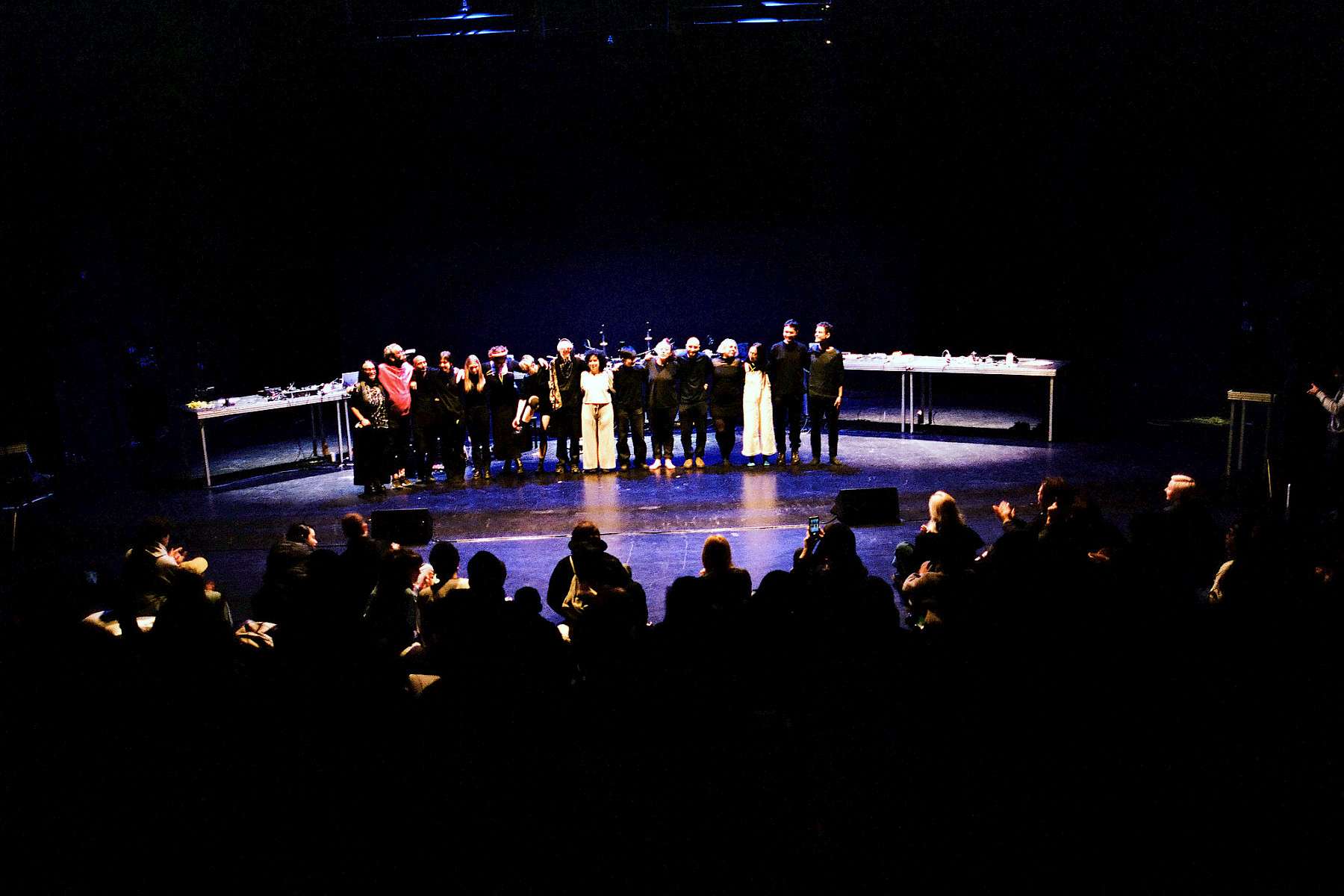
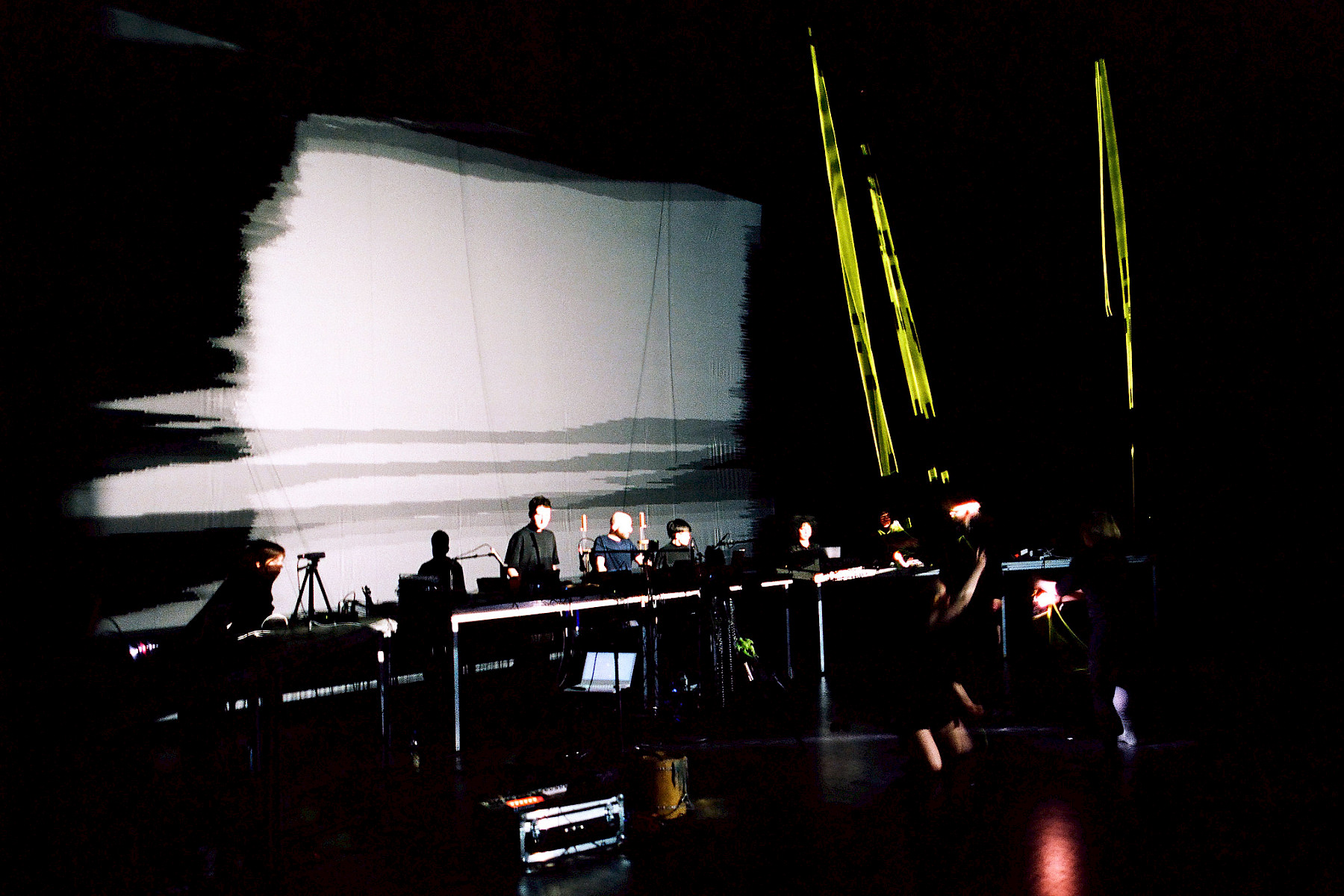
“The pandemic changed everything,” states SHAPE+ coordinator Michal Brenner. “Before COVID hit, we were centred around mobility – on live performances. Nowadays, we’ve brought the touring element back as well as re-introducing our yearly meet-up and residencies. But obviously that wasn’t so possible back then. So we were brainstorming about what we could help with. There were some really fantastic collaborative works that came out that period, for instance, the album Trans Europe Postal Express by Oliver Torr. Mail was the only thing flowing in and out of countries, so Oliver decided to create a project using the postal system. He sent a case with a Tascam Porta02 multitrack tape recorder to various locations across Europe together with an instruction sheet, blank tapes and a sketchbook. Selected SHAPE+ musicians were given three days to create a tape recording according to the instructions, before mailing the case to the next location, to an artist who continued the process. Once all the recordings were finished, they were returned to the starting point – back to Oliver. He then processed the material to create a collaborative record which explores the ideas of authorship and indeterminacy.”
A European platform for innovative music and art, SHAPE+ operates as a kind of roster of pioneering talent, compiled on a yearly basis via an open call and curatorial voting. Its team coordinates performance invitations, collaborative residencies, commissions, seminars and networking events. They also offer access to an impressive list of media partners, from NTS radio to The Wire magazine, as well as a network of festivals including Unsound, Les Siestes Électroniques and Terraforma. The list of past members is large, encompassing close to 500 names, but exclusive, adding a signatory mark of prestige to alumni. “I often see ‘SHAPE+’ in Instagram bios, which I think is a sign that we succeeded in building a brand that resonates. I would say that participants are also booked by festivals or promoters based on them being part of SHAPE+ previously,” notes Brenner.


On a grander scale, the platform has launched showcases outside of Europe, travelling to Rio de Janeiro in 2016, then to Nyege Nyege Tapes Festival in Uganda in 2017. “It was very special to bring this chunk of European artists to Uganda who would not usually have the chance to play there. Maybe Nyege Nyege could invite one or two and pay for their flights, but not 13 or 14. It was the same in Russia, when SHAPE+ visited Gamma Festival in St. Petersburg. Within these countries, LGBTQIA+ issues continue to be extremely contentious, but many of our artists are queer. Our presence there could be considered as a kind of soft political power, hopefully shifting cultural attitudes.”
While this intention is ambitious, the ability to bring creatives out of their usual milieu and into environments that are foreign, invigorating or otherwise inspiring is a core component of talent programmes. Even if this recontextualisation is simply creating spaces where the pressures of daily life are suspended. In a heartwarming video posted to YouTube by Goddess of the Mic, participants of Het HEM’s Homebase Writer’s Camp are seen cooking food together, jamming, drafting lyrics, and cracking jokes. It's in this relaxed atmosphere, where creativity becomes playful, hospitality is extended and exchanges are not forced, that talent can truly flourish.
In the longer term, what might it mean to become attentive to the power dynamics structuring the art and cultural sector? Not to deny them, but to openly question, even if such questioning is at a detriment to the institutions themselves?
However, it's crucial to keep in mind the complexities and inequalities inherent in such transactions. Institutions wield significant leverage, determining which doors are opened and for whom. In his insightful 2021 book, The Delusions of Care, curator Bonaventure Soh Bejeng Ndikung explores the concept of care in the context of the capitalist dynamics that structure the art world. Care, he argues, is linked with empathy and support, implying a balanced and harmonious relationship. Yet institutions have a vested interest in instrumentalising a nurturing rhetoric to appear both benevolent and philanthropic


"So what is it we talk about when we talk about care?" Ndikung asks. "Especially when care too often implies a disparity, a gradient, a hierarchy between the caregiver and caretaker? What does care mean within a system built on and framed around boundless profit, driven solely by the pursuit of profit itself?" While this perspective might appear cynical, The Delusions of Care raises important questions about gestural politics. Support, as Ndikung argues, cannot merely be offered on the basis of keeping up appearances and economic gain. Bearing this in mind, CTM’s nuanced focus on “sustain” takes on greater weight and meaning, particularly how the festival plans to question competitive modes of working, attentive to the often unsustainable (overworked, underpaid) ways that many creatives are forced to operate. In the longer term, what might it mean to become attentive to the power dynamics structuring the art and cultural sector? Not to deny them, but to openly question, even if such questioning is at a detriment to the institutions themselves? Throughout my many conversations, I was struck by the honesty of those I spoke to. They underscored the importance of networking, the subtle political dynamics at work in securing funding, and even the essential role of guest lists. By shedding light on these intricacies, spanning the mundane and pragmatic to the overarching and geopolitical, an honest roadmap for aspiring musicians, artists, and performers begins to take shape.
